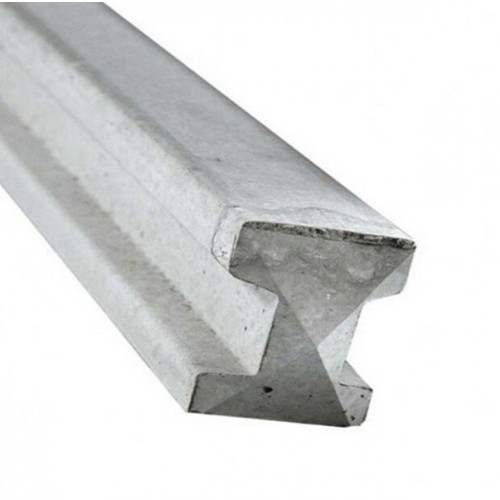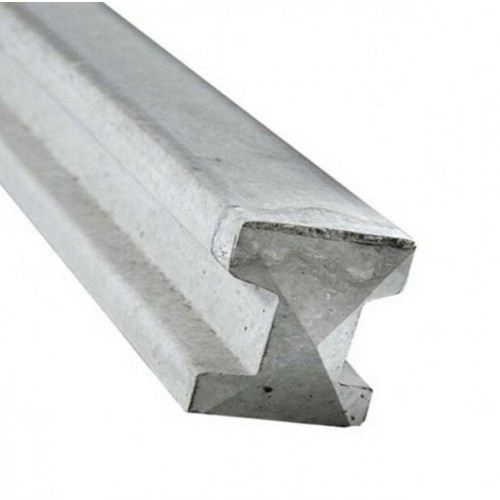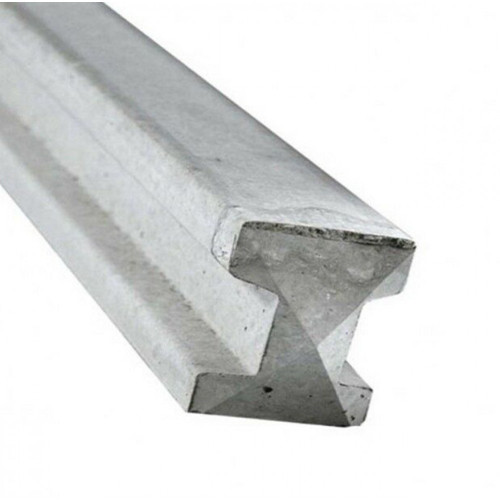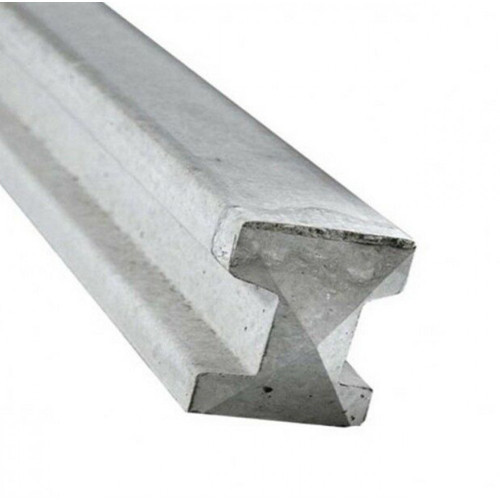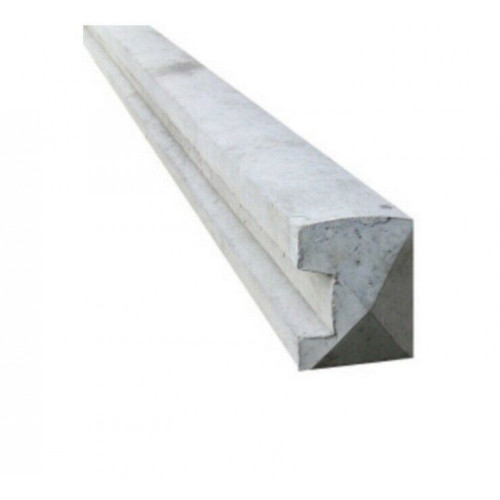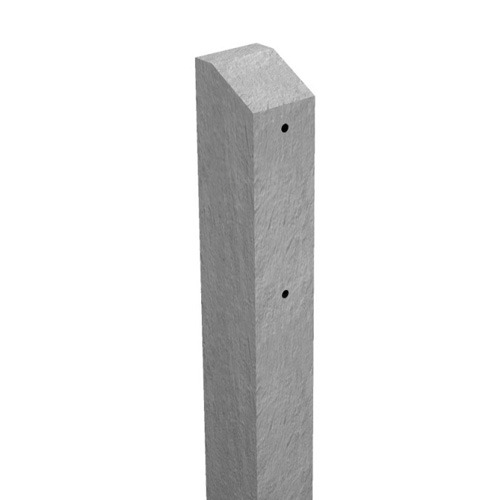Concrete Fence Posts
Explore our selection of concrete fence posts, the foundation for a strong, durable, and maintenance-free fencing solution. Designed to enhance the longevity of your garden border, these posts provide unparalleled support and stability to our high-quality, pressure-treated fence panels.
Resistant to rot, decay, and termite damage, they are built to withstand the harshest weather conditions, ensuring your fencing remains intact and pristine year after year. Ideal for those seeking a robust and reliable fencing structure without compromising on aesthetics, our concrete fence posts promise enduring performance and a sleek finish to your outdoor space.
Stock: In Stock
Discover the strength and durability of our 8FT Concrete Intermediate Fence Post, a crucial component for any fencing project. Expertly designed, this concrete post is wet cast to ensure a smooth finish and is steel reinforced for unmatched stability and longevity.
Ideal for both residential and commercial use, it provides a robust foundation that..
from
Save
-9%
£25.49 £27.95
Ex Tax:£21.24
Stock: In Stock
Introducing the 9FT Concrete Intermediate Fence Post, a robust and durable solution for your fencing needs. Expertly crafted through a wet cast process and reinforced with steel, this concrete post is designed to withstand the test of time, providing strong support for your fencing panels.
Unlike traditional wooden posts, our concrete fence post i..
from
Save
-10%
£28.75 £31.95
Ex Tax:£23.96
Stock: In Stock
Discover the ultimate solution for durable and long-lasting fencing with our 7FT Concrete Intermediate Fence Post. Expertly designed to withstand the test of time, this post is meticulously wet cast and steel reinforced, ensuring it stands strong against the elements and the test of time.
Whether you're erecting a new boundary or upgrading an exis..
from
Save
-11%
£23.95 £26.95
Ex Tax:£19.96
Stock: In Stock
Introducing our robust 6FT Concrete Intermediate Fence Post - the ultimate foundation for any fencing project. Expertly designed for durability and longevity, this concrete post is meticulously wet cast to ensure a smooth, high-quality finish and is reinforced with steel for unparalleled strength.
Crafted to meet the highest standards, our concret..
from
Save
-11%
£23.95 £26.95
Ex Tax:£19.96
Stock: In Stock
Introducing our robust 9FT Concrete End Fence Post, a pinnacle of durability and support for your fencing needs. Expertly crafted through a wet casting process and reinforced with steel, this concrete post offers unparalleled strength and longevity, making it an ideal choice for anchoring the end of a fencing run.
Designed with precision, its cons..
from
£39.95
Ex Tax:£33.29
Stock: In Stock
Discover the ultimate foundation for your fencing with our 5FT Concrete Intermediate Fence Post. Expertly designed for durability and strength, this post is meticulously wet cast and reinforced with steel to ensure a robust and long-lasting structure for your outdoor space. Ideal for those seeking a secure and maintenance-free option, our concrete ..
from
Save
-10%
£22.49 £24.95
Ex Tax:£18.74
Stock: In Stock
Discover the ultimate solution for durable and reliable fencing with our 8FT Concrete End Fence Post. Expertly crafted to stand the test of time, this wet cast, steel-reinforced concrete post is designed specifically for use at the end of a run of fencing, ensuring your boundary is secure and well-defined.
Our concrete end fence post is not just r..
from
£35.95
Ex Tax:£29.96
Stock: In Stock
Discover the ultimate solution for your fencing needs with our 5FT Concrete End Fence Post. Expertly designed for use at the end of a run of fencing, this post is the epitome of durability and strength. Each post is meticulously wet cast to ensure a flawless finish and is steel reinforced for unmatched stability and long-term service.
Crafted to s..
from
£32.95
Ex Tax:£27.46
Stock: In Stock
Introducing our robust 6FT Concrete End Fence Post - the ultimate solution for securing the end of your fencing run. Expertly crafted through a wet cast process and reinforced with steel, this concrete post stands as a testament to durability and strength. Designed specifically for use at the end of a run of fencing, it ensures that your boundary i..
from
£33.95
Ex Tax:£28.29
Stock: In Stock
Introducing our robust 9FT Concrete 3-Way Fence Post, the perfect solution for creating a strong, durable, and seamless fencing system at any T junction. This innovative post is meticulously wet cast and steel reinforced, ensuring unparalleled strength and longevity. Its design is tailored specifically for scenarios where three fences converge, pro..
from
£39.95
Ex Tax:£33.29
Stock: In Stock
Like all of our concrete products, this concrete repair spur is wet cast and steel reinforced. Repair spurs are a cost effective way of repairing a broken wooden fence posts without changing the post.Bolts not included..
from
£18.95
Ex Tax:£15.79
Stock: In Stock
Introducing the ultimate solution for your fencing needs - our 8FT Concrete 3-Way Fence Post. Expertly crafted to stand the test of time, this post is not just any ordinary fence support. Designed specifically for scenarios where three fences converge at a single point, such as a T junction, it brings unparalleled strength and stability to your fen..
from
£35.95
Ex Tax:£29.96

